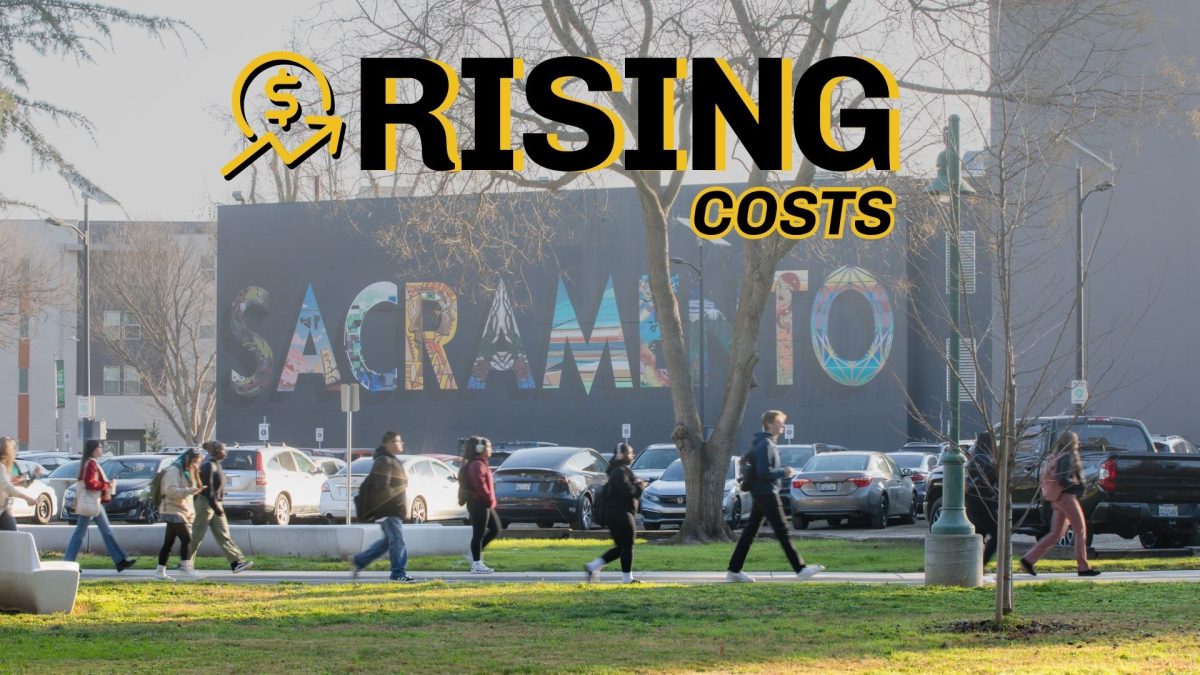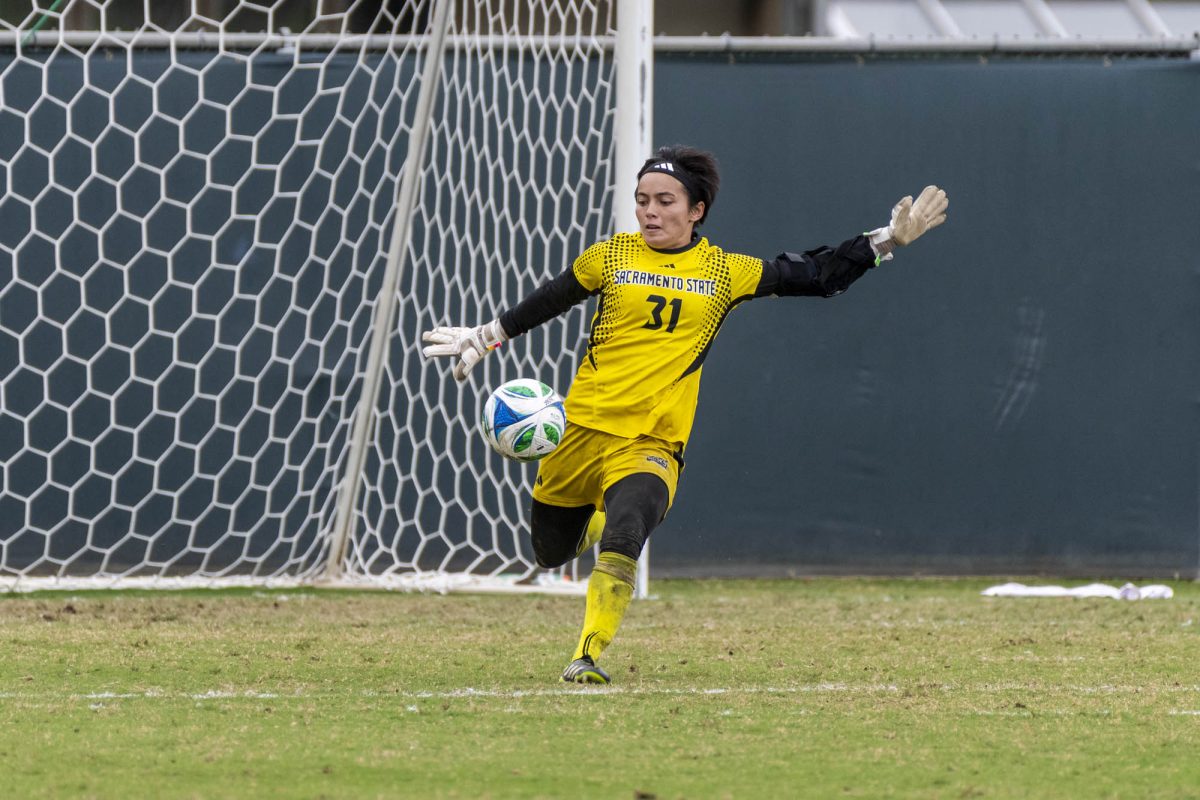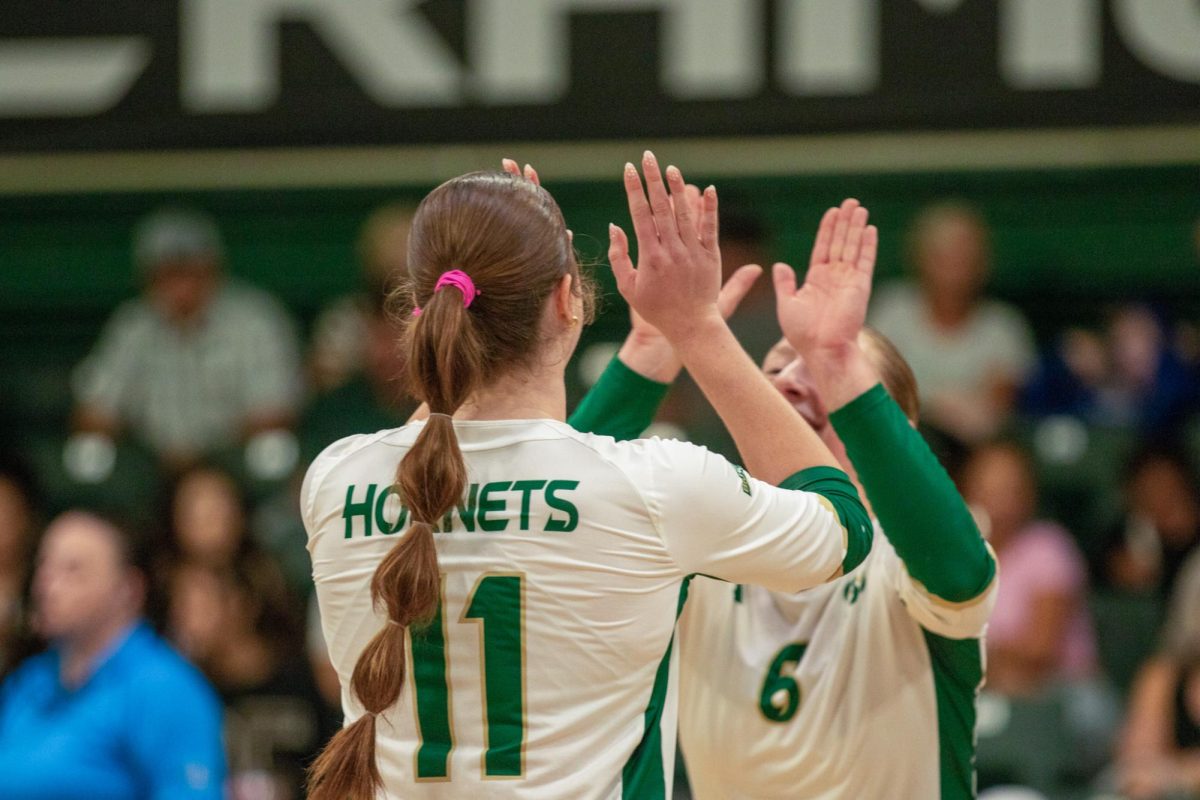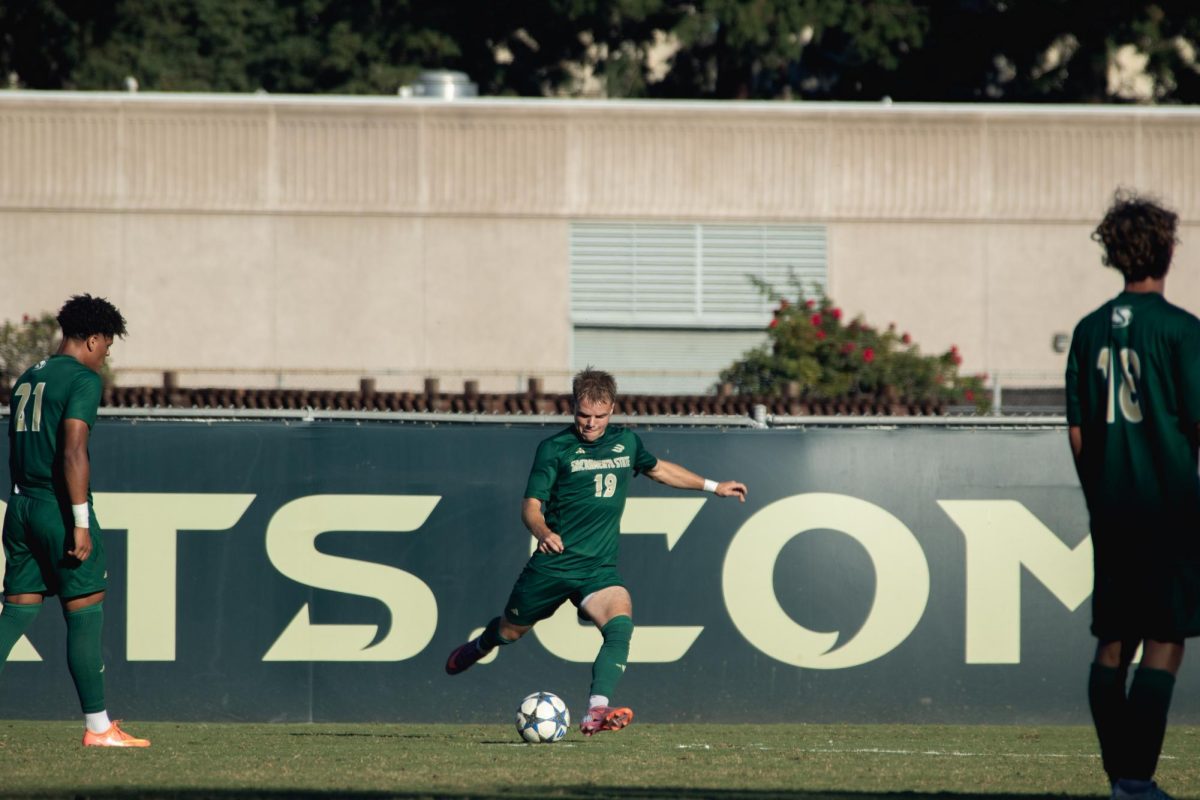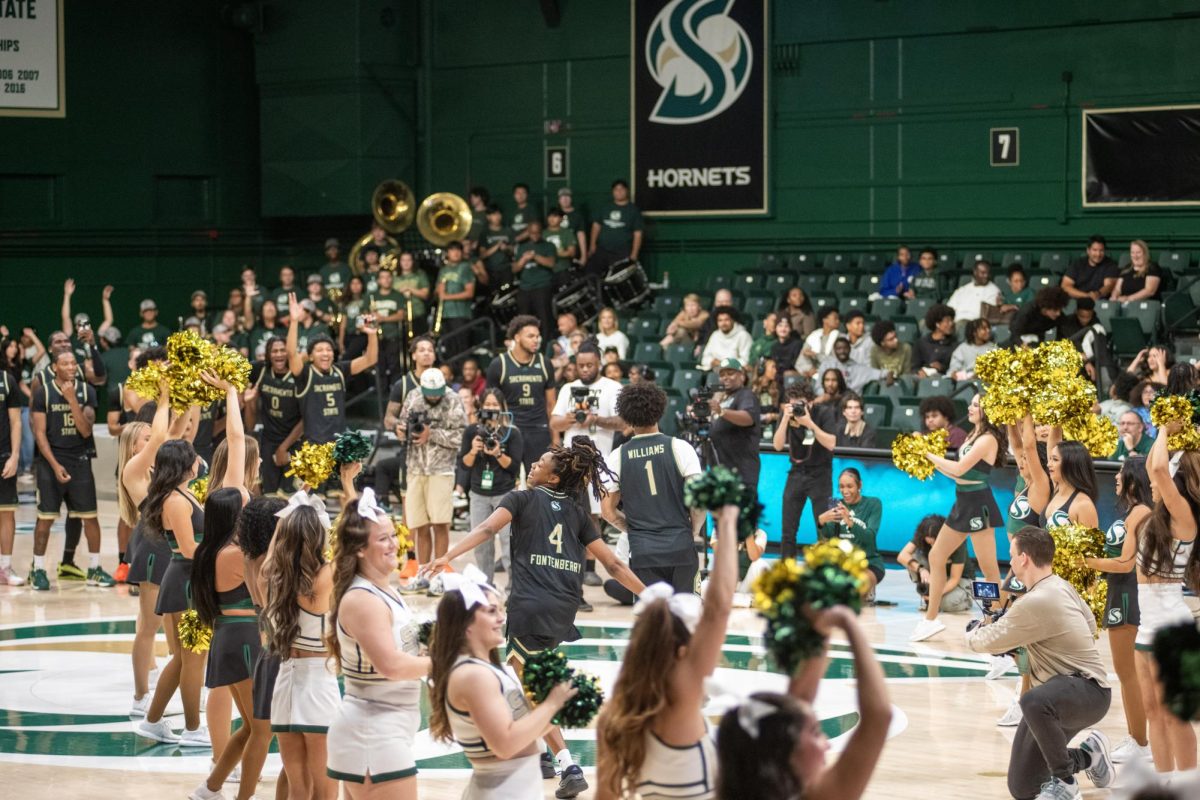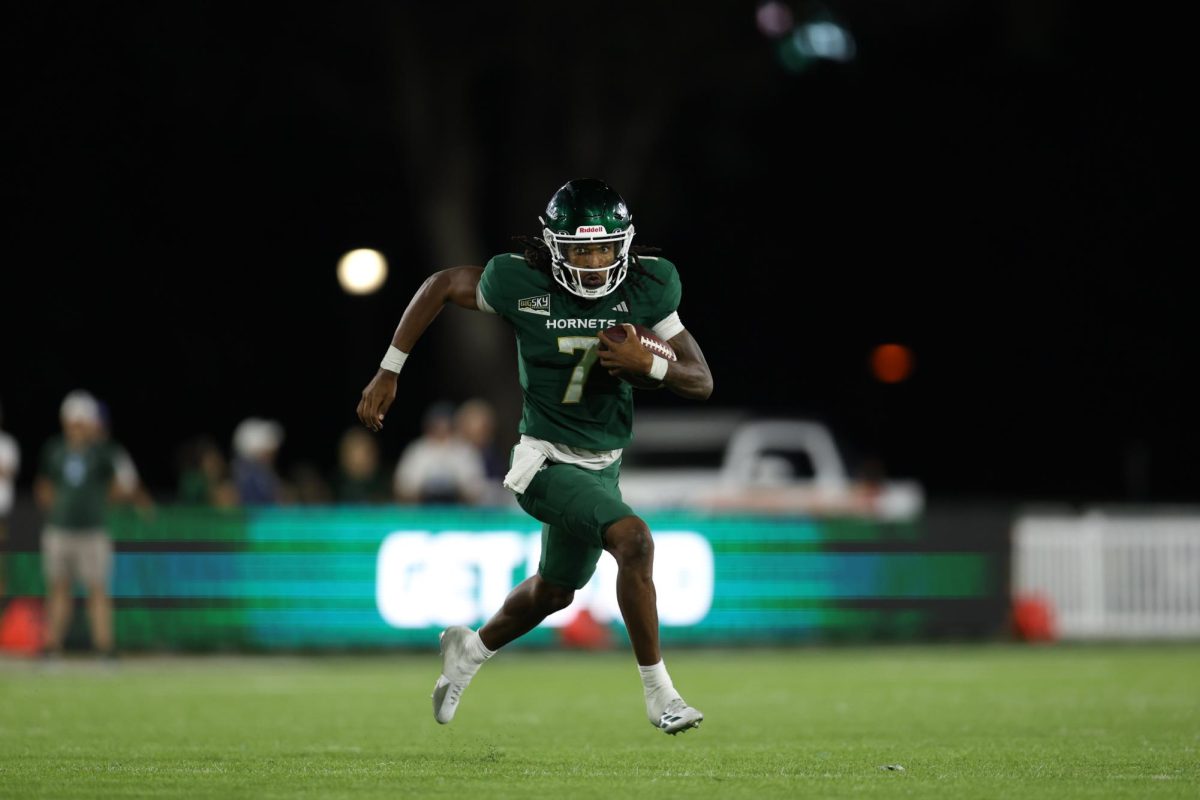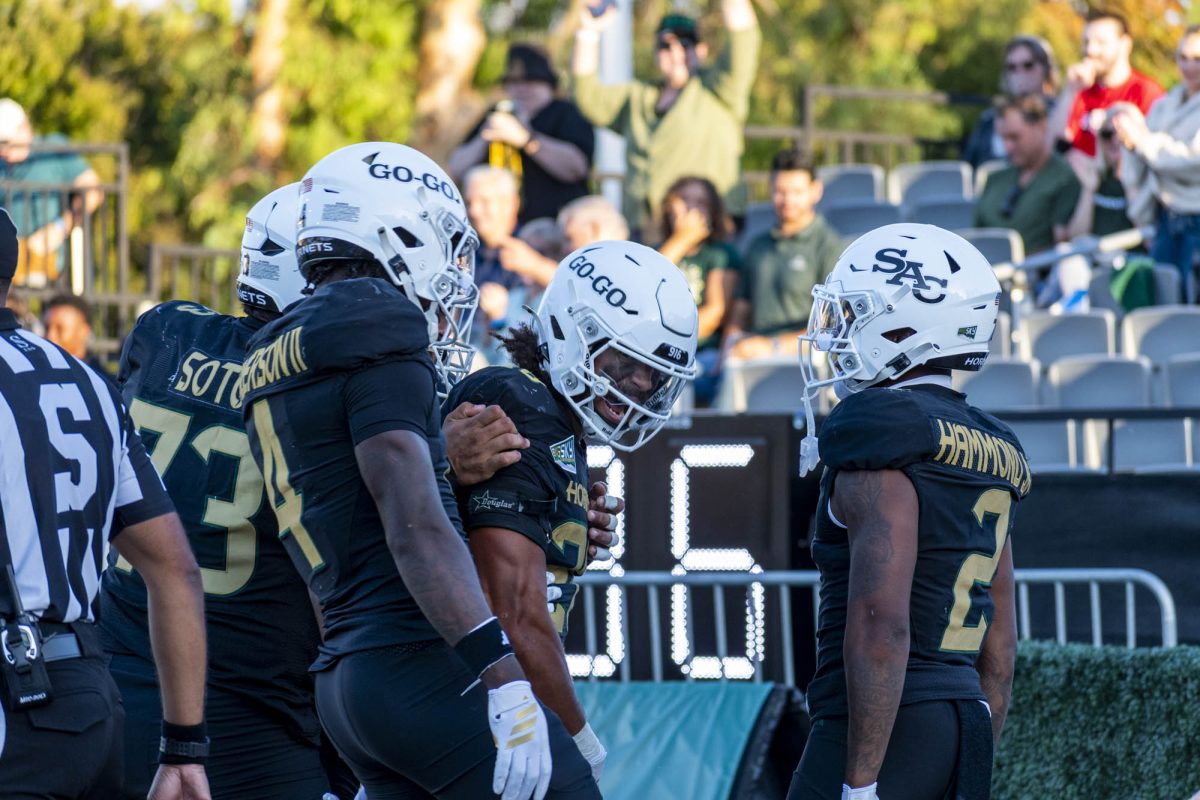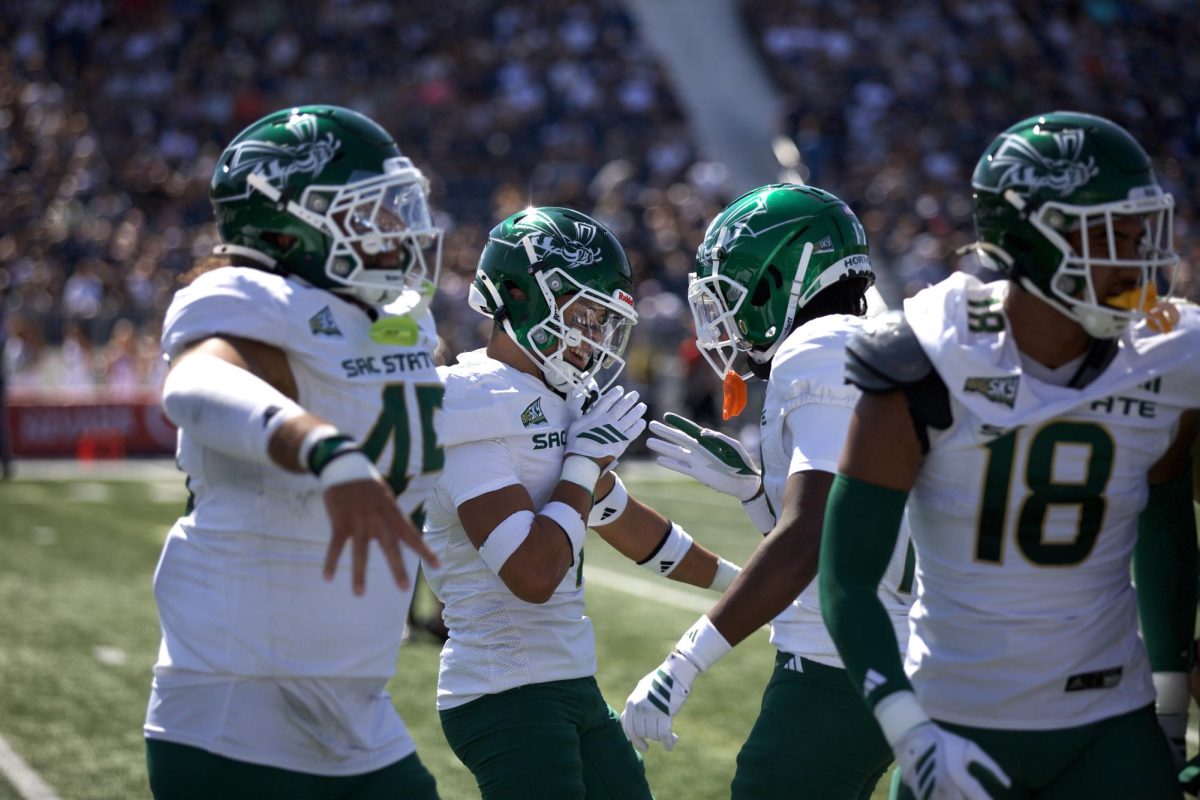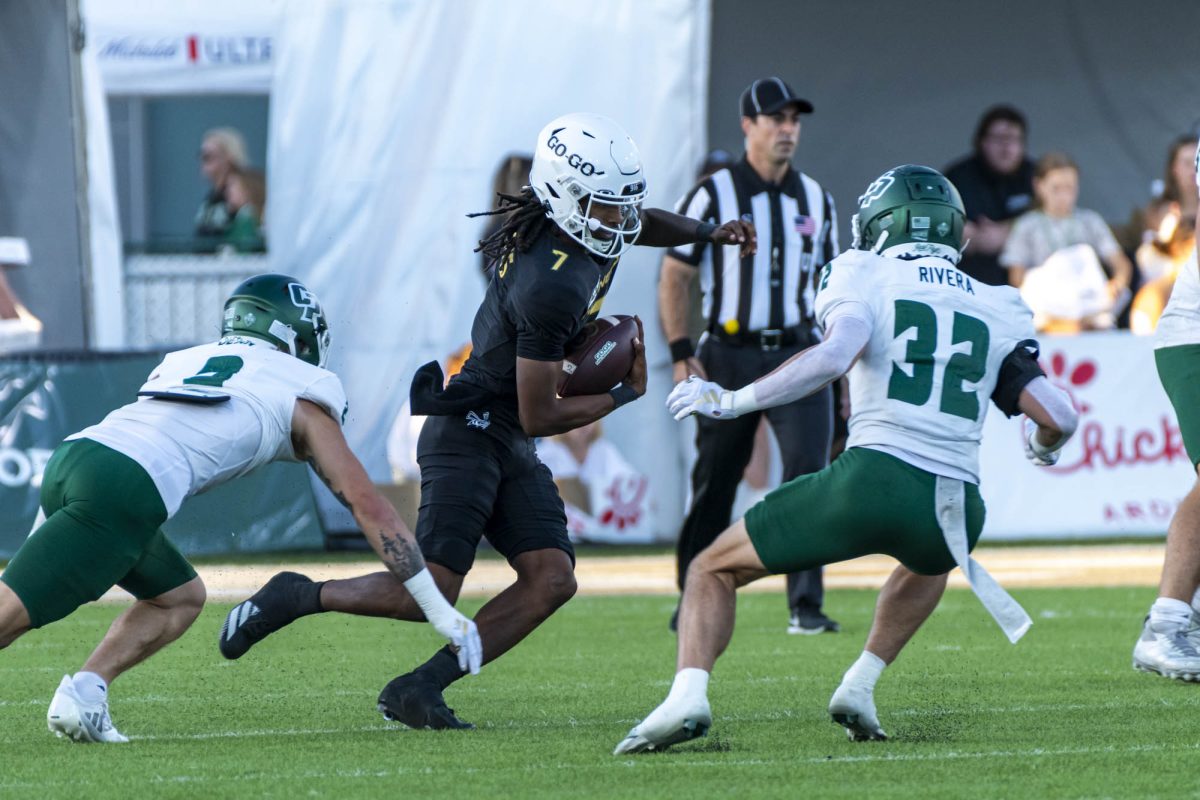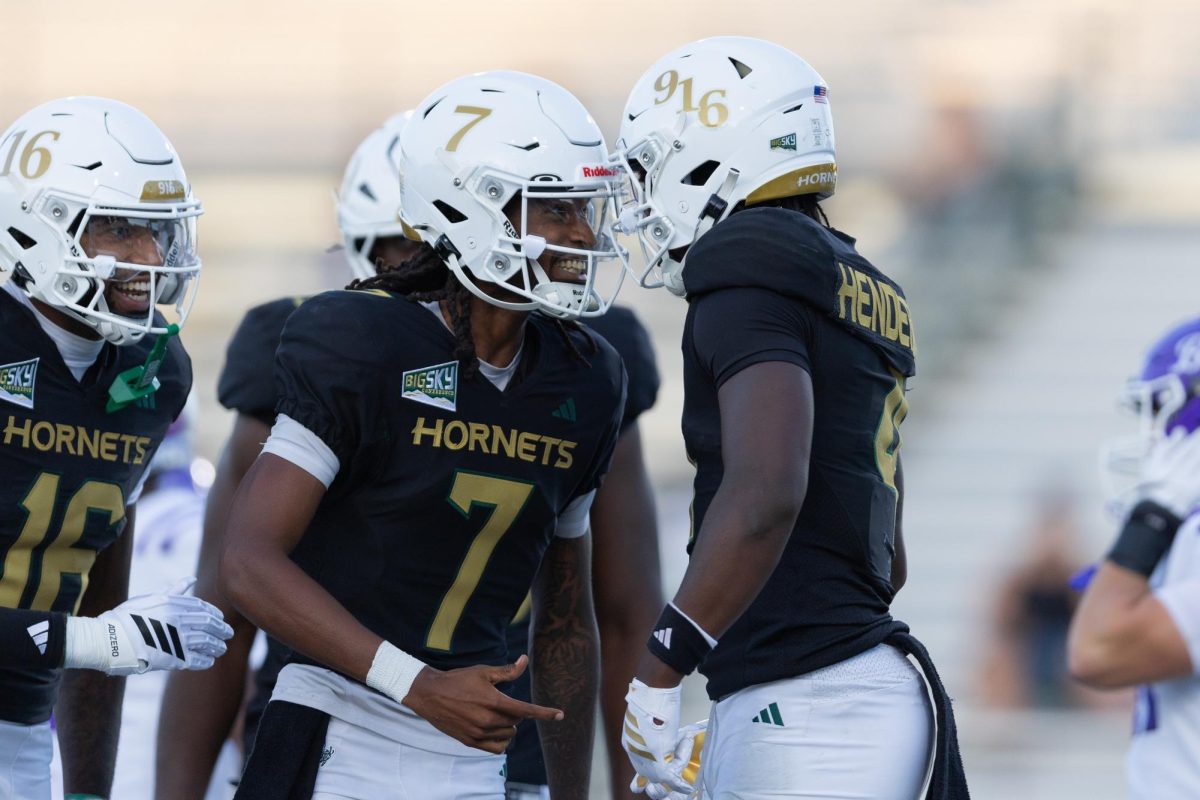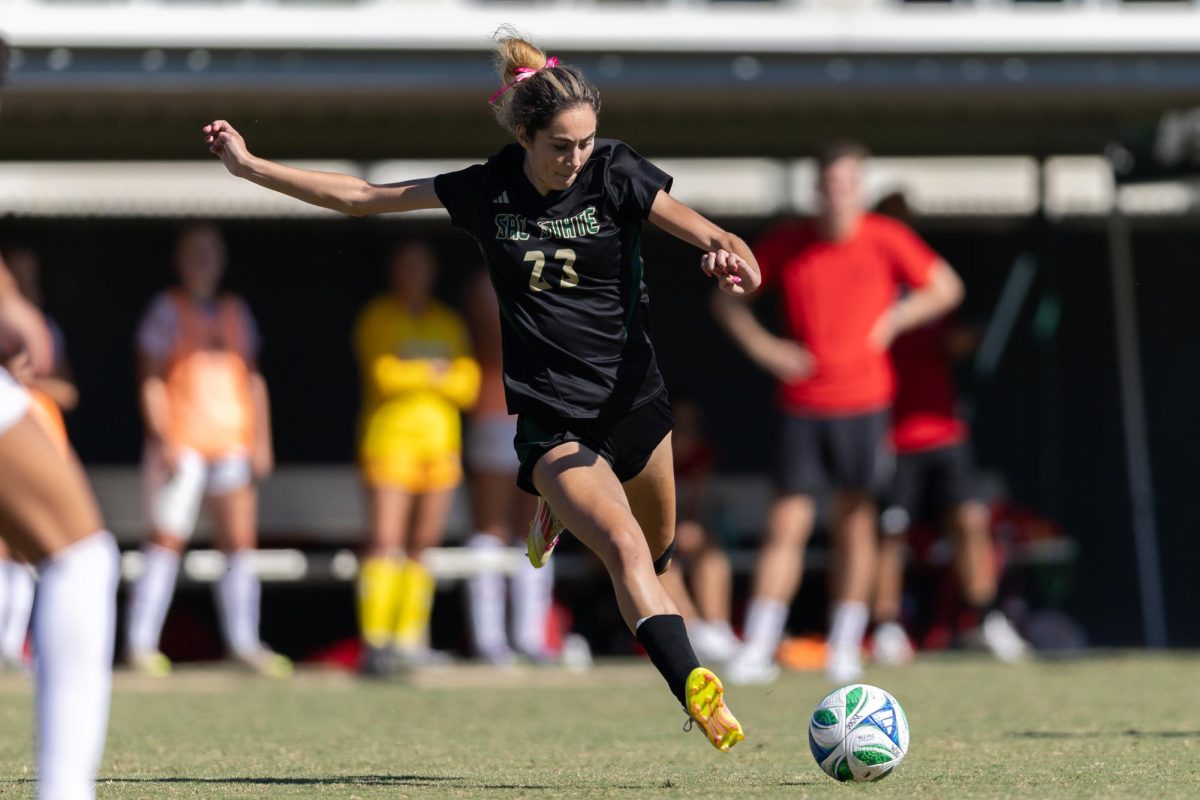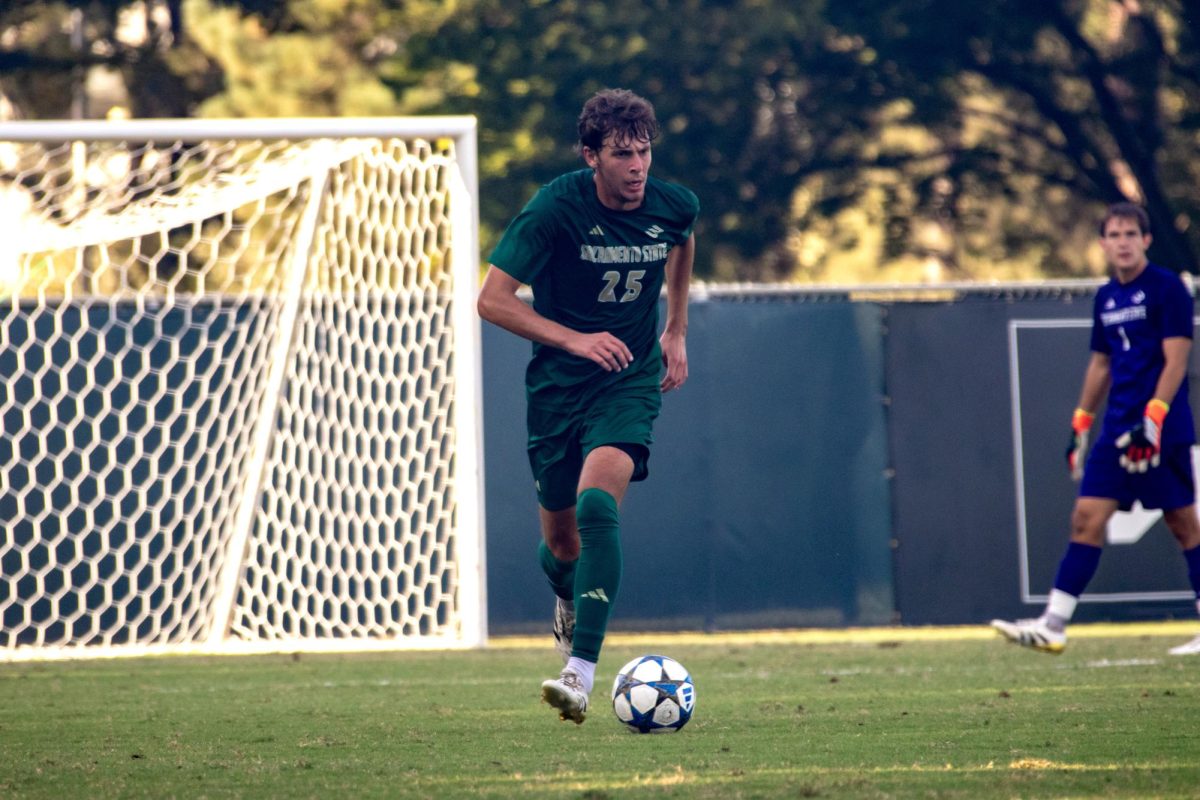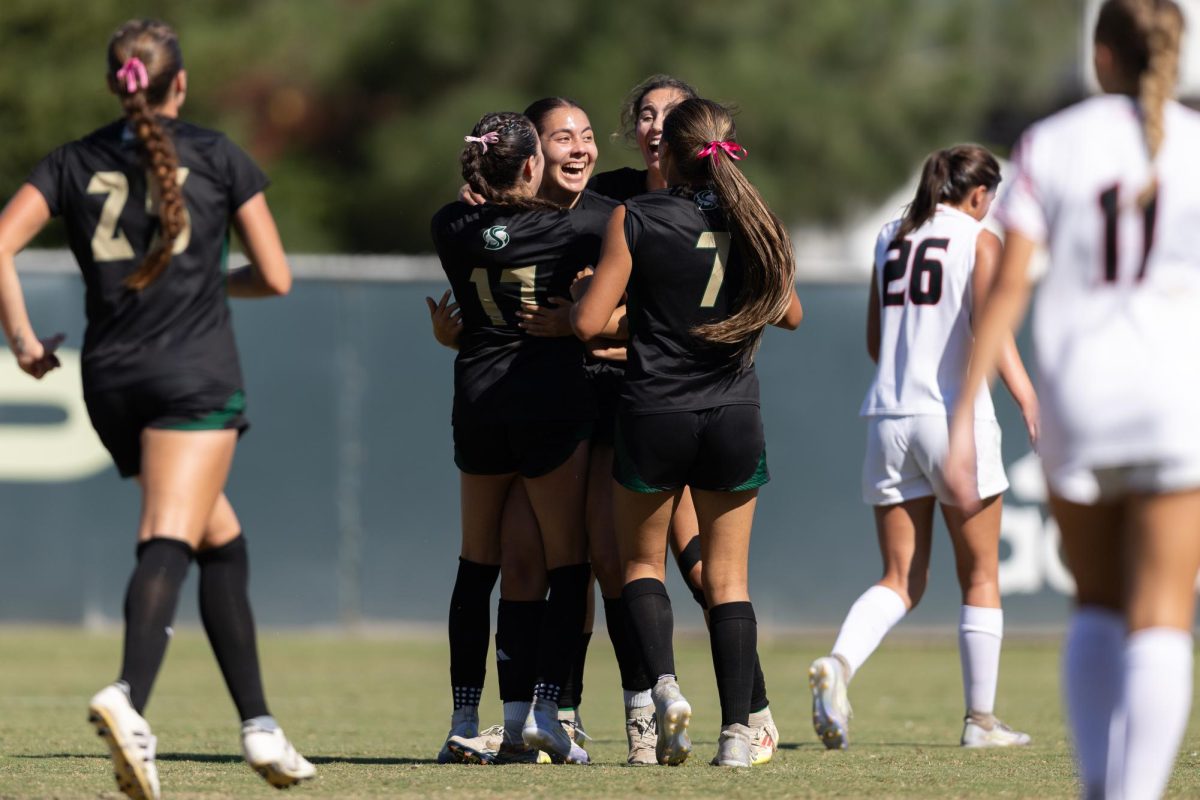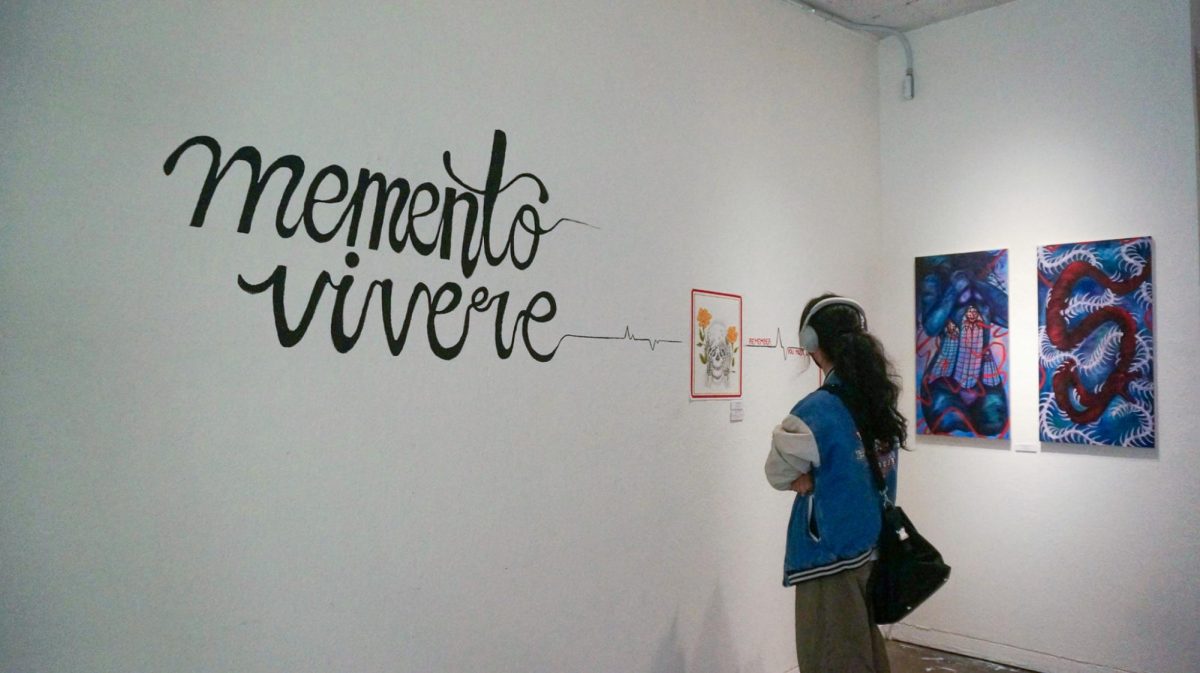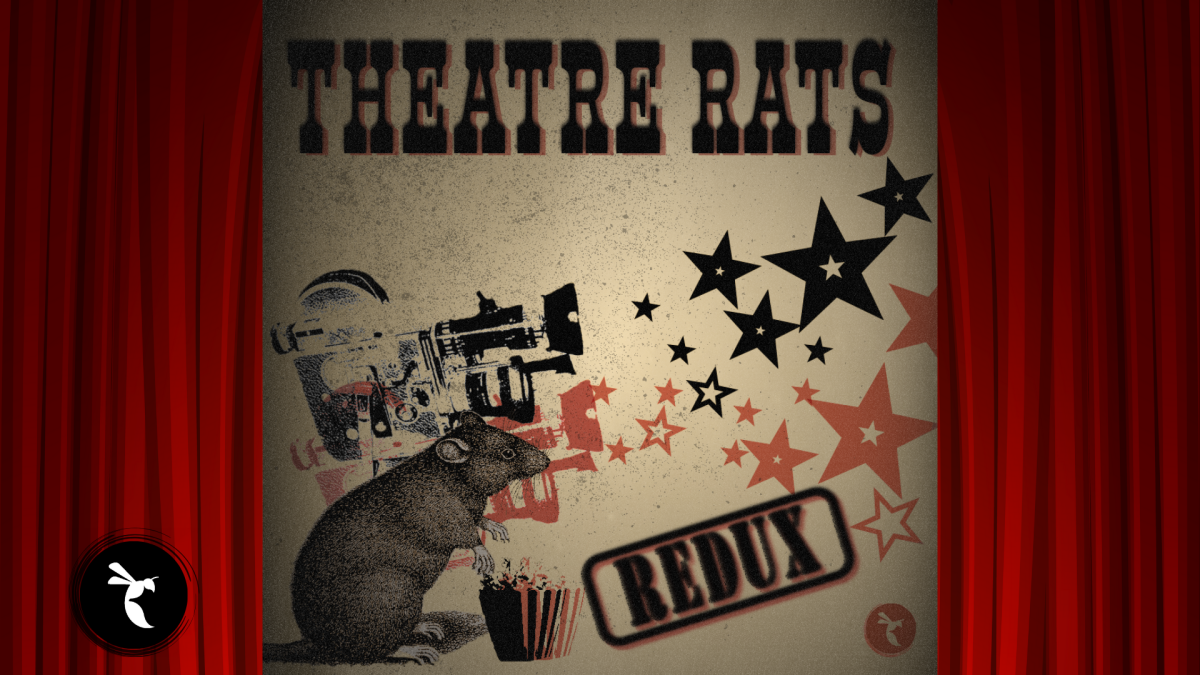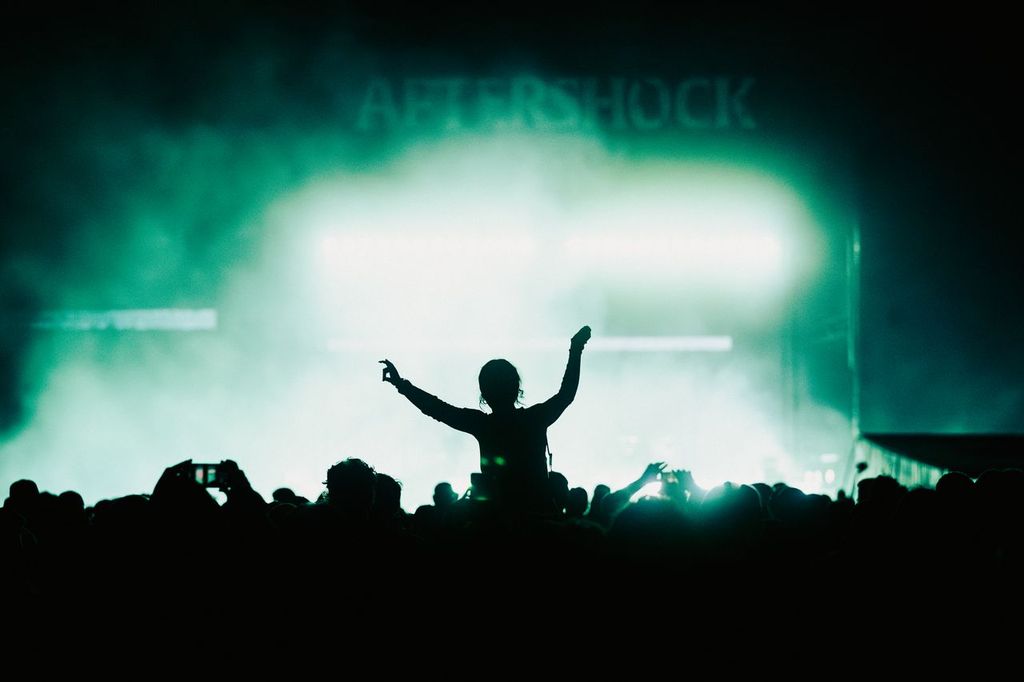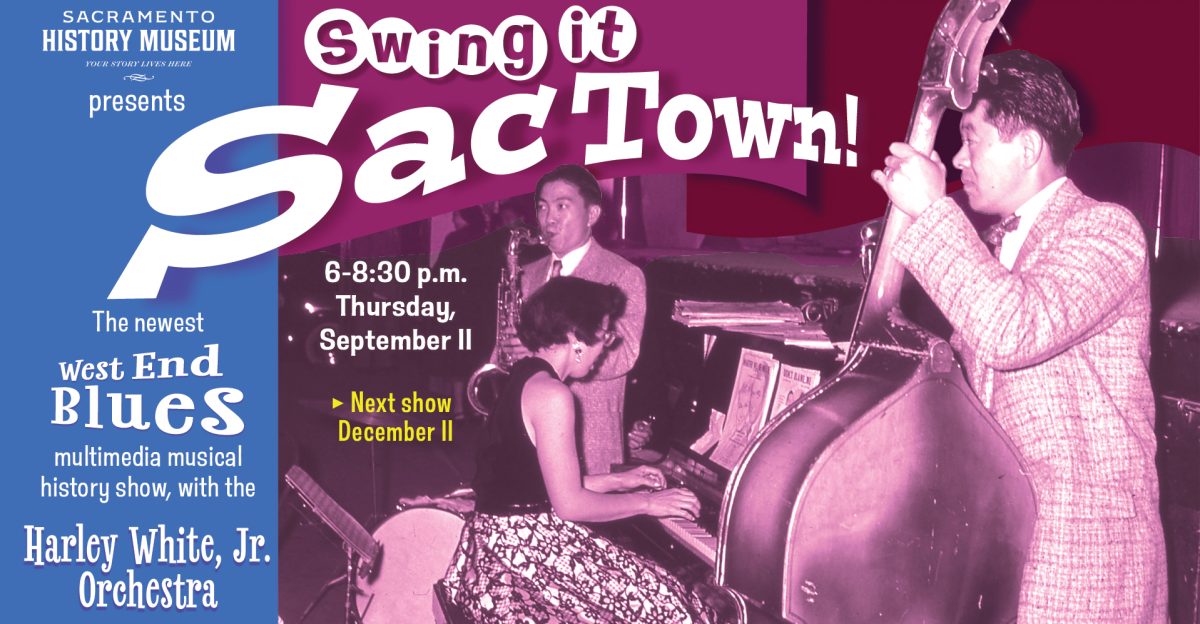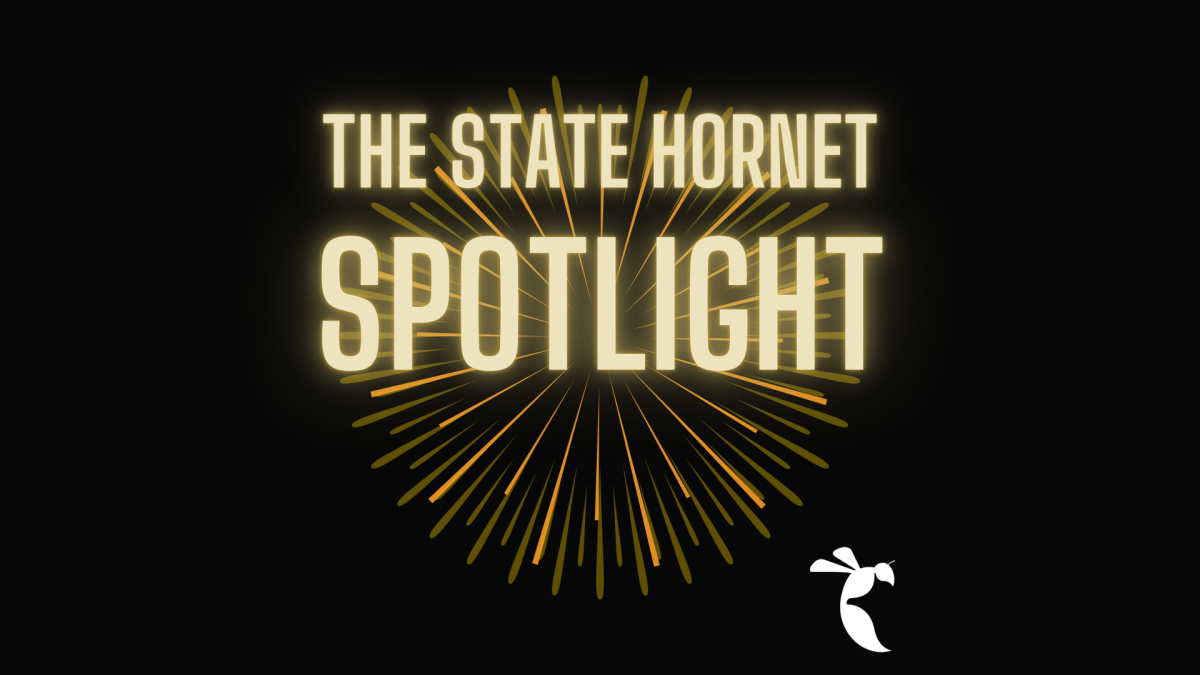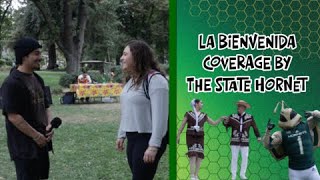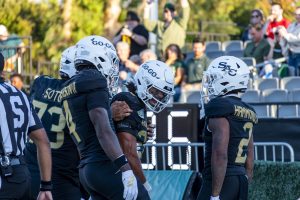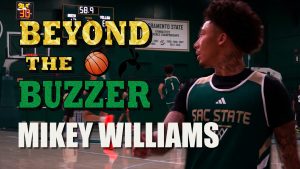Professor inspired by her travel photos
November 19, 2009
Maria Winkler, professor in the art department at Sacramento State, utilizes her artwork to benefit others in society.
Winkler’s most recent exhibit, “Water and Ice,” is being hosted in the University Union Gallery. The paintings in the exhibit are transcribed versions of photographs she has taken on her travels.
Winkler said she enjoys using art as a journal of her travels because it represents a connection she had with each location. The subjects of the pieces in her show range from water puddles to snowy riverbanks.
“I have a real affinity for painting snow, water and ice,” Winkler said. “I come across a lot of that in my travels. Some of it is local, like Lake Tahoe, but others are based in Europe.”
Winkler said she has had many opportunities to paint snow because she and her husband do a lot of snowshoeing. She said she takes her camera on these trips, captures the scene and then paints at home.
Winkler said her water-based pieces deal with environmental issues.
“Water is a natural resource that is diminishing. Therefore, my art can be interpreted as representing the purity of nature and the preservation of clean and unpolluted water and even forest land,” Winkler said.
Winkler said she is pleased with how her work has evolved over the years.
“My work used to be very social, feminist and personal but, eventually, it came to some kind of resolution and peace. I like to think of my work as a sanctuary, not only for me, but for those viewing my work as well – especially with the world as awful as it is now,” Winkler said.
Winkler said she has created more than 150 public commissioned pieces, many of which are housed in patient centers and hospitals. “It pleases me to no end that I can share the tranquility of my work in the places where it is needed the most,” Winkler said.
Winkler said her favorite piece in the exhibit is “Tahoe Rain,” which marks her adventure to Squaw Valley.
Eddie Emerick, junior criminal justice major, said Winkler’s art exhibit opened up his creativity.
“The pieces of the snow and water seemed really abstract and I felt like I could find things in the painting that no one else could,” Emerick said. “In the ‘Tahoe Rain’ piece, I thought the puddles reflected mountain tops, but my friend said she didn’t see the same (thing).”
Emerick said he thinks the abstract nature of Winkler’s work is largely due to her blending techniques. He said her paintings appear to be either blurred or out of focus. Emerick said he enjoyed this technique because each viewer can look through the fog and see something a little different.
Winkler said feedback from outside sources is an important part of the development process for an artist.
“It isn’t completed until someone views the final product. I see certain things in the painting that I don’t want to tell others because I want them to experience it in their own way and from their own history,” Winkler said. “As an artist, alone in the studio, you crave feedback. Some people see images in my water pieces that I never intended to put there and it proves to be really interesting.”
Janice Schneider, senior kinesiology major, said she was drawn into the gallery because of Winkler’s exhibit.
“Normally when I walk by that exhibit, the paintings hanging up are very loud and obvious, but that day when I walked by, I couldn’t tell what some of the pieces even were, so I had to step inside and see them up close,” Schneider said. “Upon entering the exhibit, I noticed it was very small, but somehow I still managed to spend 30 minutes in there. Not only were the paintings calming, but the whole ambiance of the gallery set me in a good mood.”
Katrina Tupper can be reached at [email protected]






